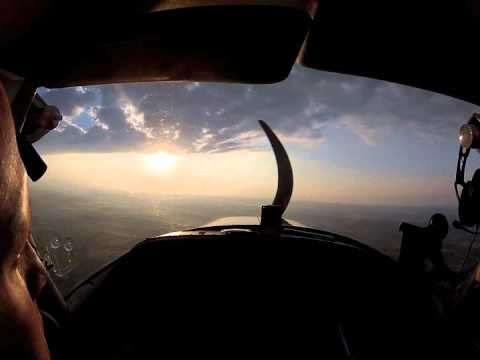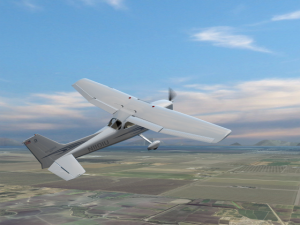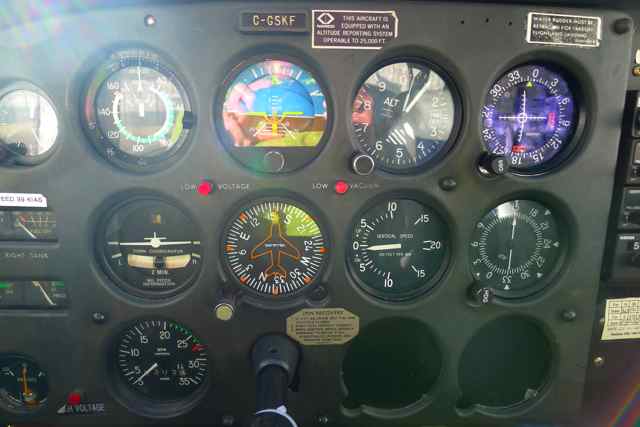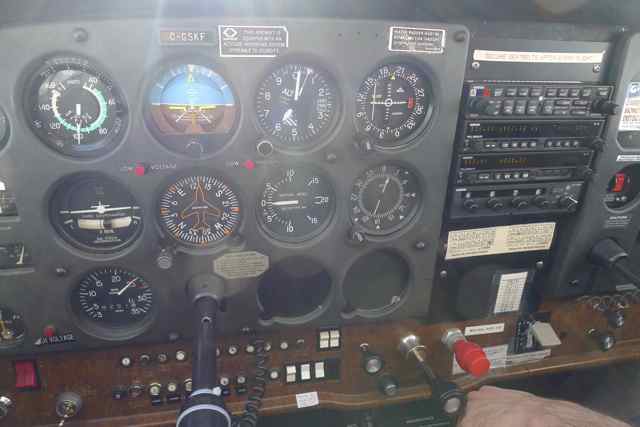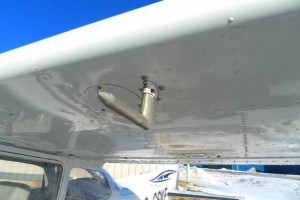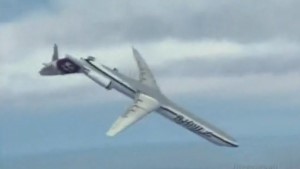
I’ve had the pleasure of flying with a retired airline pilot who really made me think about flying in an entirely different way. His view demystifies flying into it’s basic, component parts to understand a complex task and achieve a certain goal. Attitude plus power equals performance.
He maintains that after over 20 years of airline flying, he found there are two very important concepts in flying airplanes. Once these concepts are understood, will help you understand aviation and flying at it’s core. The most important concepts in aviation are ones we have all heard before, and it’s impossible not to overstate their importance. They are:
- Aviate, Navigate Communicate; and
- Attitude plus Power equals Performance.
Think about what flight training is trying to achieve. Yes, you are trying to pass your flight test, at a minimum, but you can certainly do better than that. You can be a great pilot. Why practice stalls and spins? To avoid entry, to recognize if one should occour, and how to recover.
Let’s relate it to a few examples.
Once our wheels are off the ground, we are in a ‘risky environment’ where it’s important to keep vigilant. When we are airborne, our one and only task is no minimize the risk, using all of our knowledge and resources. So break it down into what you have to achieve once you’re wheels up.
Remember clearing turns? We do them so we can be safe and check for conflicting traffic, and not just because they are a flight test item. Risk mitigation is also why we have standardized procedures for uncontrolled aerodromes.
On takeoff, after rotation, the airplane is just passing through a very slow speed at a low altitude. On the 172 we rotate at 55 knots, so after we rotate it’s close enough to stall speed to warrant extreme attention, particularly given our proximity to the ground. When you rotate, will you pull the nose up excessively? No, of course not, you can easily enter a stall that way, a departure stall, and you won’t have the leisure of altitude to recover.
So when we depart, we use the combination of attitude and power to produce the desired performance that we want: a climb. When we recover from a stall is it necessary to push the nose down excessively? Not really, and if you think about what stall practice is meant to achieve, we really should avoid pushing the nose down too much. If it works on a take-off, it should work on stall recovery. If we push the nose down too much, we’ll loose altitude, and if we stall close to the ground that can be dangerous.
The purpose of stall practice
Stalls are a great case in point. Stall recovery has no practical application in everyday flight like short field, soft field landings, navigation, circuits and so on. We only learn them so we can avoid them, learn to recognize when we are in one, and know how to get out of them. Licensed pilots who don’t fly professionally will find stall recovery skills atrophy after awhile, because unless flight training, stalls are something we want to avoid.
What produces a stall? A high nose attitude where the angle of attack of our airplane can no longer sustain flight. Your attitude is nose high, the airplane will automatically drop the nose because it wants to fly. A nose down attitude will break the stall, and the application of power will allow you to return to a normal flight attitude. Attitude plus power equals performance. Aviate: break the stall, return to normal flight, navigate: establish where you are; communicate: this includes communicate with your airplane. Why did it stall?
How about the forced approach?
The forced approach is a good example. With an engine failure, we’ve got to: (1) aviate: establish the best glide speed, establish a controlled approach and landing; (2) navigate by deciding which is the best field to land our airplane at; and (3) communicate, make a mayday call on 121.5 and give our passengers, if any, a full off-airport emergency safety landing briefing. For the forced approach, we use best glide speed, a combination of attitude and power (in this case, lack of power), that produces a level of performance: the descending glide.

A heap of metal
Remember the airplane is just a “thing.”
The airplane is not alive. Many things on the flight test and flying itself can cause confusion, and above all, anxiety, which can take the fun out of flying. When learning to calm anxieties, it’s helpful to think about the airplane having no feelings or malicious intent. It’s just a heap of metal that you control and has no goal or agenda of it’s own. It’s simply a tool, a tool that you, the pilot, control. You are flying the airplane and the airplane is not flying you.
A blend of two important factors, attitude and power, will produce the environment that we can control. Like a car, the airplane is a predictable thing. When given certain parameters it will always do the same thing. Nose up? Airspeed will decrease. Nose down? Airspeed will increase. No power? It will enter a descent. Full power? It will climb. Winds will push the airplane in known directions, crosswinds will have a known effect on approach paths, and so on.
It’s all well within our control.

